Compared to USB-A, not really that much of a game changer (it’s still the most common for me). Though I do not miss the three rotations to get it in.
Compared to Micro-USB? Holy fuck, I almost refuse to buy anything still using Micro-USB ported now. Mainly because I can’t never find the fucking cable for it.
I think the real game changer here is the USB-PD. I now only bring a single charger for both my laptop and my phone. Also, a lot of different laptops now charge with USB-C, getting rid of the need of different plugs.
Props to the Thinkpad USB-C retrofit hack. Granted they only work with 65w, but it is still great! My Anker Nano GaN charger is only a little bit larger than an ice cube, definitely smaller than most traditional USB charger, yet it packs 65w.
What does GaN stand for in that context?
Galium Nitride. It makes high current DC stuff more efficient (i.e. generates less heat) and requires less circuitry (i.e. smaller devices).
Thank you

I have that GaN brick it’s fantastic and makes the original Thinkpad one look huge.
Usbc-pd is an absolute game changer as an off grid person. The fact a 100w charger can act as a dc to dc converter with up to five output voltages, at up to 100 watts is crazy. And that the protocol automatically detects and communicates the proper voltage is very convinent. The problem is that usbc-pd 100w chargers are expensive and you need to know what you are doing if you want to diy power appliances with it.
Its really nice to have a standardized cable that just works and can be plugged in both ways. We really are approaching a Universaal Cable after a quarter century of RnD.
I’m curious as to what exactly you do with it as an off-grid person, and what you mean by DC-to-DC converter.
Im happy to explain pastermil. So first off let’s talk power.
Electrical Power Systems
Most off-grid electrical systems have a few major components.
-
A device that generates electrical energy
-
A battery that stores excess electrical energy for later
-
A charge controller which regulates the incoming raw electrical power from the generator as it charges up the battery, and smooths out the battery energy output
-
A power distribution interface which allows for connecting appliances to the batteries in a safe standardized way.
My particular electric system has a 200w 28v solar panel for power generation, two 20ah lifepo4 batteries connected to double capacitance, and the charge controller doubles as a very basic interface with two usba slots and a car cigarette port.
AC vs DC
Now let’s talk about AC and DC. Theres essentially two kinds of electrical power people deal with.
The difference between Alternating Current and Direct Current is in the way the power flows. Direct current moves in a straight path. Alternating current moves power back and forth in three perfectly spaced cycles.
AC The one most people are more familiar with is AC power. it comes to your home from power plants through power lines and transformer boxes. You move around extension cords and plug the three prong outlets into a wall.
Alternating Current (three phase) power is very easy to transmit long distance however its very high voltage. So only certain power hungry devices like kitchen appliances, washing machines, dryers and AC compressors use it directly. Most of your consumer home devices need to convert AV power down into more manageable DC power.
DC Offgrid electrical systems with batteries are Direct Current by nature. All your power comes from the battery banks. The power moves straight from battery terminal negative to positive. It flows right through your appliances in one way out the other.
The battery banks tend to be arranged into 12v, 24v, or 48v depending on the systems power draw and transmission needs.
The popular standards for delivering direct current are:
-
5v 2.4a usb (15 watts)
-
12v 10a car cigarette plugs (120 watts, can be rated to supply 24v fused 15a I believe though not common at all)
-
circular dc barrel plug connectors, the most common size is 5.5mmx2.5mm but there are dozens if not hundreds of slightly different barrel plugs. Part of what makes usb so great is reducing arbitrary manufacturing complexity like this.
-
usbc-pd various voltages depending on charger, cable, and device at up to 100w for current protocol.
-
solar quick connects tend to be for connecting and transmitting high voltage DC power to charge controllers and power banks. Its worth mentioning but not that relevant to what were talking about.
Most consumer devices in your home dont actually use wall outlet AC power directly, it uses wall power thats been converted and stepped down to DC power.
Desktop computer power supplies, Laptops, monitors, vaporizers, led lights, DVD players, audio speakers, your phone. everything that can powered by usb and batteries. Everything that has barrel plug inputs and power bricks plugging into it.
If you look closely on the power bricks plugged into the appliance you’ll see that it has an input and output voltage rating. The input tends to be 120vac here in america 240v over the pond, and the output tends to be either 5v, 9v, 12v, 15v or 20v DC usually up to 5 amps.
Device vs Voltage Examples
Laptops and computer monitors tend to be 20v, fast charging smart phones and the Nintendo switch docked are 15v, very bright home LED lights can be bought that are powered at 12v directly, the ps2 could be powered with 9v, and most usb devices charge at standard 5v. Would you like to guess which voltage profiles the USBC-PD protocol is capable of? Its all of them.
Energy Conversion Efficency Losses
Now let’s discuss energy efficiency. Converting from AC to DC eats up some of your power. So does converting from DC to AC. And its not small losses either, each time you convert its about a 15% total loss in efficency.
This loss through conversion doesn’t matter when you pay cents on a kilowatt and have unlimited power at the tap. It adds up very quickly when you have a limited power supply and every watt hour counts.
Let’s say I want to power a laptop on my offgrid DC system and my only means of powering it is the AC power brick cable that it came with. I would need to:
- Convert the DC power of the batteries to AC through an inverter. 15% efficency loss.
- Then convert that power right back down into slightly different DC with the power brick plugged in. 15%% efficency loss.
- The inverter and power brick are both parasitic draws. They eat a bit of power just sitting there even if nothing is being powered. Lets add 5% total system efficency loss each.
Add these up and you get 30-40% of your power eaten away by this needless double converting. Wouldnt it be really nice if we could convert the battery DC voltage directly to the appliance DC voltage without those power hungry inverters and transformers?
What DC-to-DC Converters Are
Thats where dc to dc converters come in. They can convert one DC voltage to another. They still introduce efficency loss but way way less only 10% total.
Traditionally you would hope your device had a commercially available 3rd party travel adapter for 12v car batteries. The dc to dc converter is built in and uses car plug.
If you were SOL you has to wire up boost converters to raise up voltage and add resistors in series to lower it. You ever try to wire and solder your own circuts before? Its a tedious experience. Imagine doing that for each device voltage. Oh wait, you dont have to. Here’s what that looks like.
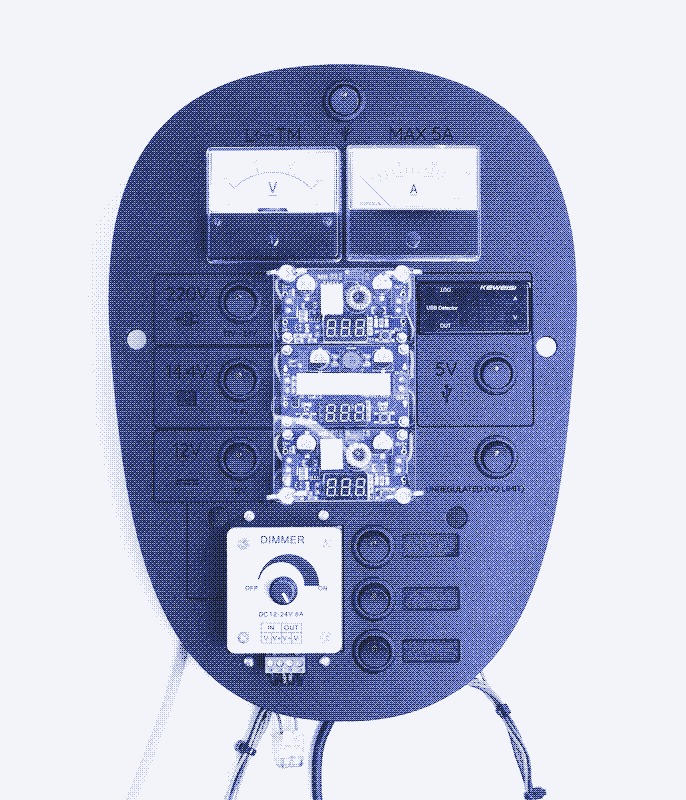
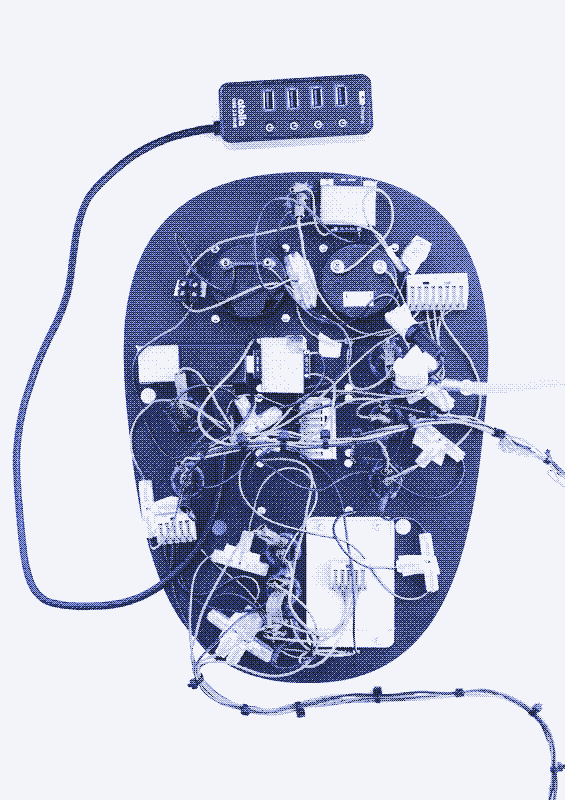
A USBC-pd 100w charger that plugs into a cigarette port or is built into a power bank can convert a batteries 12vDC into 5v, 9v, 12v 15v, and 20v dynamically depending on the device.

Do you know how magical that is? How much trouble that saves when it comes to mcguyvering a DC appliance that only came with AC cable to supply proper power directly? All I need is a 10$ usbc-pd to barrel plug cable that manually selects the voltage needed and some barrel plug adapter bits to fit into the appliance. Energy efficent and simple wiring. All the dynamic controller stuff is abstracted away in a safe way. Powerful enough to deliver 100 watts of power, and its going to be more powerful over time.
Hi! You seem knowledgeable about this stuff, so if you can answer a question. I have an older Jackery power station that has a single USB-C PD port. I need more when camping and I have been plugging a AC USB-C charger into one of the AC ports on the power station. From what you wrote that make me think that is not an efficient way due to the conversion from DC to AC to DC. Would I be better off using the DC “Car Charger” port or maybe a USB-C hub of some sort?
Hey there panicnow! I would be happy to help give some input. It is better to avoid firing up the AC inverter whenever possible. If you have a car travel adapter for your devices that plug into the jackeries cigarette plug port that would be better. If you absolutely need more usbc-pd ports for your devices, there is a way to do that given your jackary has one or two of those circular barrel plug outputs that output 12v. Most powersttions should have one or two of them.
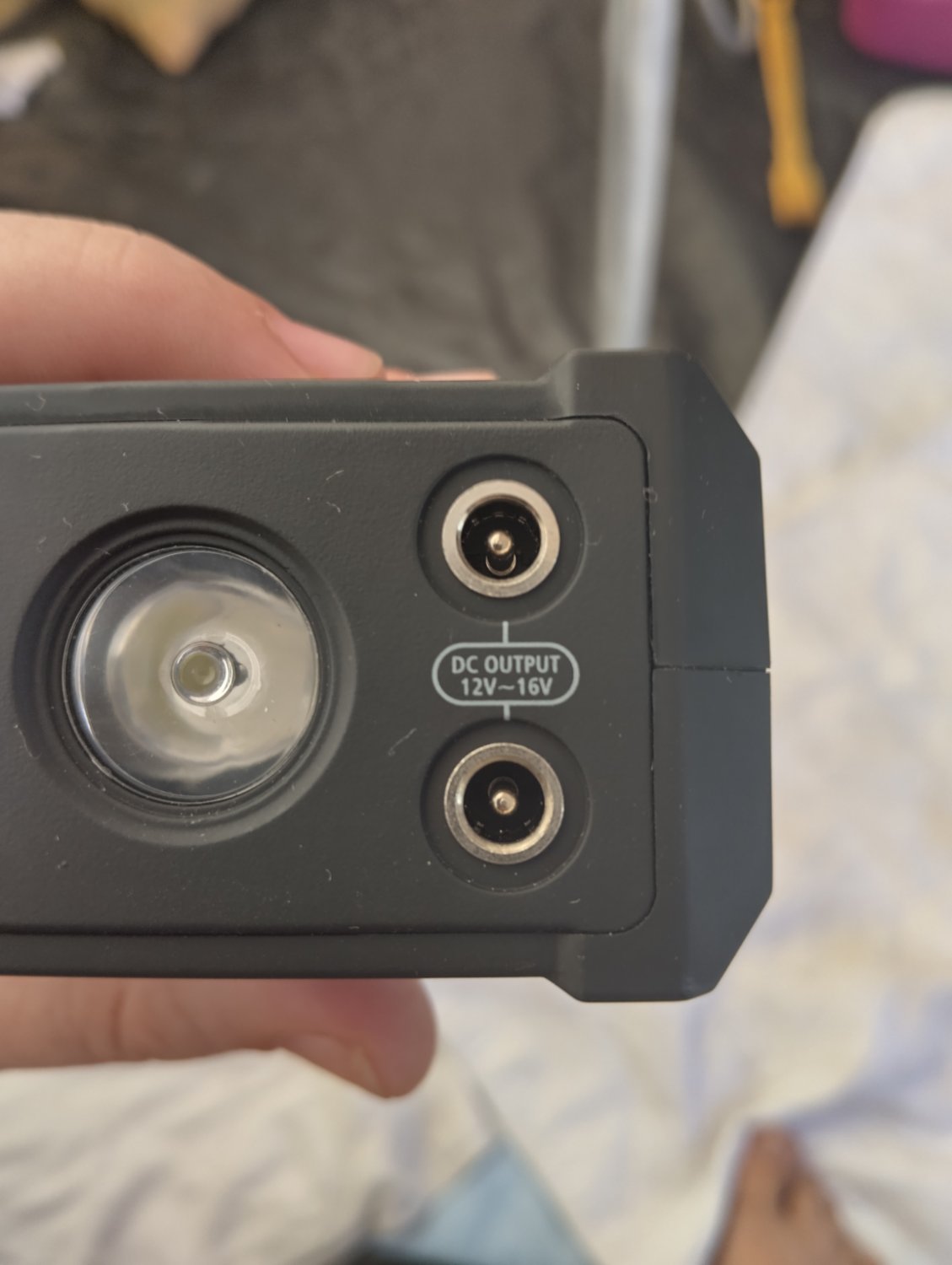
If you have one of those barrel plug inputs youre in luck. Go on amazon and buy one of these to turn those jacks into car cigarette plug inputs.

Then get a really nice usbc-pd car charger. I don’t actually have one but I like anker and trust their 100w pd charger would be high quality. You can go cheaper if you only need 65w or lower.
Thanks so much! I was kind of on that line after I read your earlier comment, but thought I would just ask. My jackery doesn’t have barrel plug outputs—just inputs. But it does have a 12V, 10A cigarette plug port. I’ll get an anker car charger like you suggested and use that.
Great explanation, FYU I just posted this to [email protected]
Is DC why my 12V water pump doesn’t run but the LED bulbs on the same circuit are fine? The pump is by the creek and I’m thinking it can’t pull enough amps over the length of the run. Working on that today.
One of DCs main issues is transmission distance. Its hard to say for your case without details but its a good possibility. If you have a volt meter and know how to use it check the voltage at the start of the run and compare it to the end of the run and see how much the voltage has dropped. If your trying to push 12v over 20-30ft I would say theres a good chance of it being too little voltage over too far a length. Wire diameter is also a factor if its very small gauge wiring.
No voltage drop, but it’s an easy 80’, maybe 100, maybe even a little more. Hard to say as it cuts through the woods.
Picked up an old Fluke at the store, I’ll try an figure out how to read amps.
now someone needs to make USB-C jack to barrel plug “tips” with the PD chip built in so I can substitute USB-C for wall wart transformers.
Hey aubeynarf think you are talking about something like this.
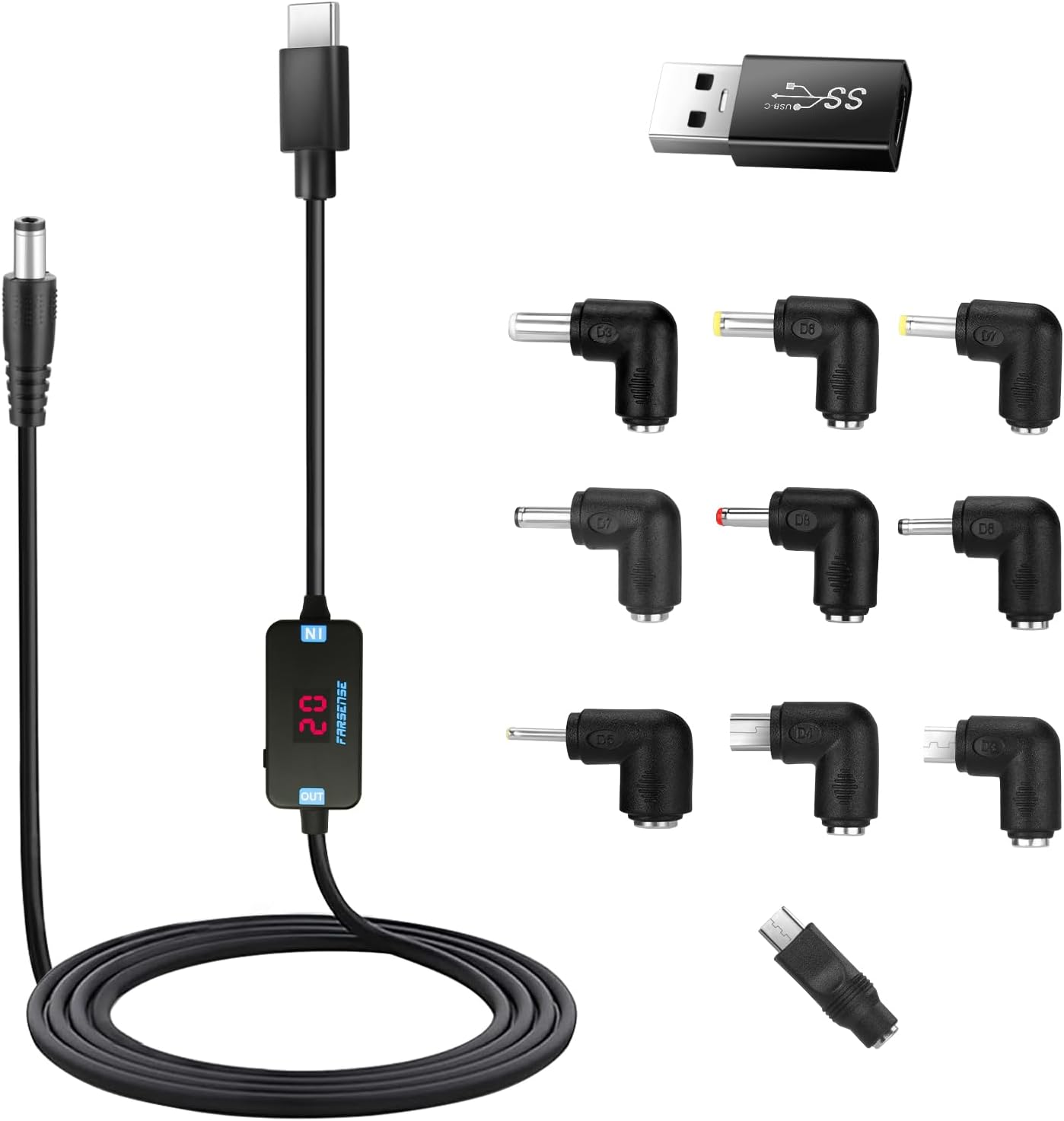
Its a special usbc-pd to 5.5x2.5 barrel jack with manually selectable voltage. You just plug it into a pd charger and select the voltage of the device. The rest is finding a barrel plug to barrel plug adapter that plugs into your device. Hope this helps.

I want that whole arrangement to be in a tip with a USB-C receptacle and a fixed voltage and barrel size so it’s barely bigger than my thumbnail and can be used with standard usb-c cables.
So I can get a “9V-5.5x2.5-Pos” to convert my casio keyboard to usbc, without all that other stuff hanging off and extra, unnecessary pieces
But yeah that’s cool
If your device happens to be 18-20v you can get a usbc-pd laptop connector with a dc barrel jack output. It has the USBC-PD chip built into it to tell the charger to output 20v and you can probably hunt down barrel adapter bits. Your regular 65-100w rated usbc cord plugs in like anything else.
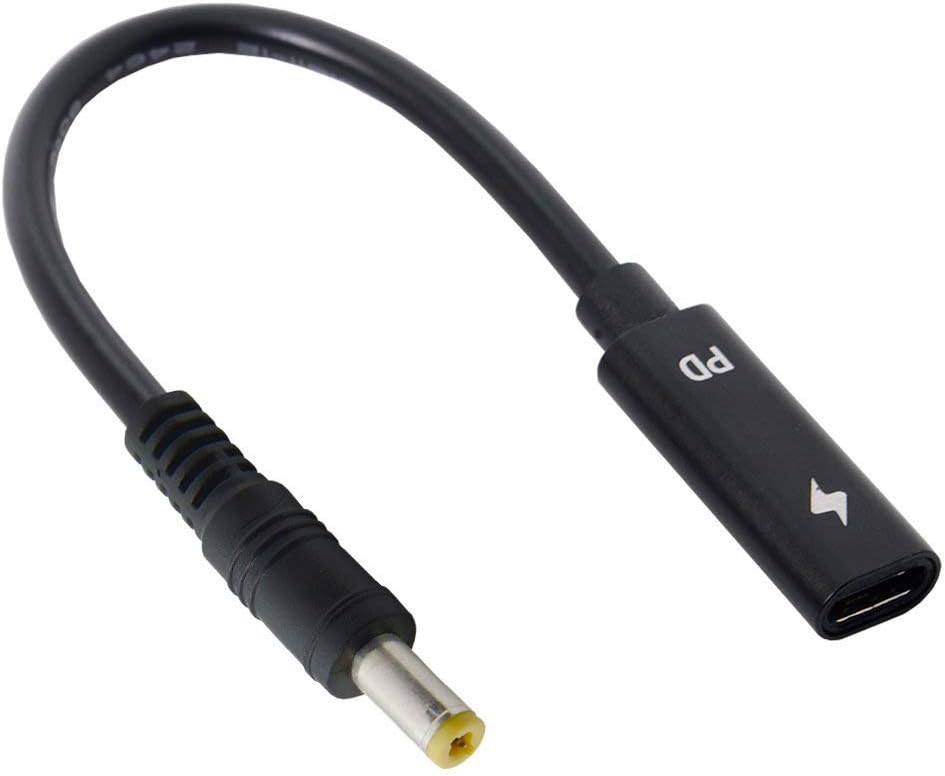
The other voltages are tough theres not really a consumer market for 15v or 9v specific usbcPD to barrel things.
I appreciate that you’re really thorough, both with that explaination as well as the implementation in the first place.
I guess I’ve never give it much thought. I mean, I’m familiar with electricity, but I’m paying dirt cheap for it.
One more question: How do you do your lighting? Most light fixtures I know are using e27 bulbs, which are AC powered. I know the LED panels requires driver circuits between them and the main, theoretically they probably could live off your DC straight-up, but they’re generally a pain to work with.
Thanks. Lighting has been an ongoing puzzle I’m figuring out. I originally went with rechargeable Luci light it was really nice warm bright lighting but expensive and failed within a season. Currently I’m using a cheap 5v plastic led light bulb that plugs into regular usba slot. Its enough to see what you are doing comfortably. But really the average person whos used to house bulbs including me wants the luxury of bright lighting. For now I’ve been firing up the AC inverter to run a nice lamp. However I have been considering making my own 12v light fixture with 12v e26 bulbs that plugs into either car cig plug or usbc-pd.
In this picture is marked all the parts of an LED circuit that convert AC Into DC. It takes up about 40% of the board. Its much easier to power LEDs directly.
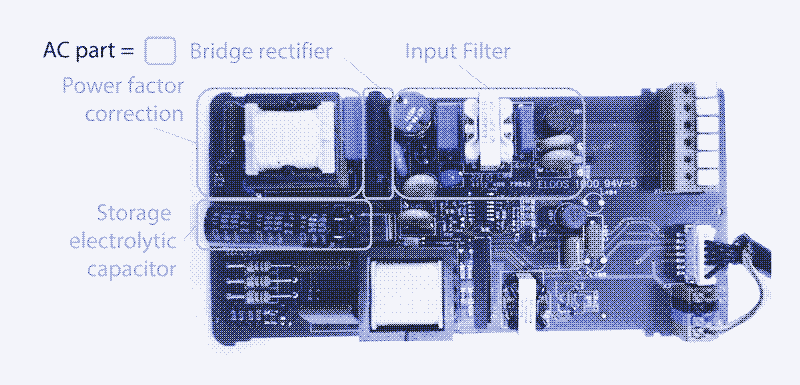
Why not use rechargeable lanterns, like this one?
Hey entropicdrift good question. Those kinds of lanterns are expensive and complicated electronics with a definitive life expectancy. The lantern you linked is over 20$ for a single unit.
Most of those kinds of lanterns use a non replaceable rechargeable lithium battery built inside it that will only last about 500 charge cycles give or take before degrading. That is, if you are lucky and one of the other cheap mass produced quickly assembled electrical components doesn’t fry first.
In the long term I deem its more cost efficient to take a page from the home lighting industry. Simply create a light fixture with easily and cheaply replaceable bulbs. A pack of 4 12v-24v bulbs cost less than that lantern and I like the warm lighting.
Its also a simple matter to convert any lamp fixture into one that can interface with my power system. Cut off the AC plug and replace it with a male cigarette plug. The trick is knowing thst you have to buy the right kinds of bulbs.
So when the 12v led bulbs do eventually burn out its a cheap single 5$ bulb that and a minute to replace it. I would rather put a broken bulb than yet another expensive lantern in the landfill.
Apotential benefit if I choose to power it with usbc-pd instead is variable dimmable lighting based on voltage level if the bulb is 12-24v.
-
It’s been more of a pain in the arse than initially expected.
Most motherboards (for example) only have 2-4 USB-C ports, meaning that I still need to employ A-C and C-C cables for peripherals etc.
My main gripe is that the standard just tries to do too many things without clear delineation/markings:
-
Is it a USB 2.0 (480Mbit), 5Gbit, 10Gbit or 20Gbit cable? Can’t really tell from the plug alone.
-
More importantly, for charging devices: How the heck do I determine maximum wattage I can run?
For all its faults, at least the blue colour of a USB-3.0 plug (or additional connectors for B/Micro) made it easy to differentiate !
Now I’m eyeing up a USB Cable tester just to validate and catalogue my growing collection! 🤦🏻♂️
USB Cable tester
Great idea, and then:

I was actually thinking coloured O rings to define specs, but that still means I’d need to have a colours guide somewhere too…
…yours might be a more practical solution. 🤔
You could fit some key numbers and letters on those O rings, I like it!
I wonder about this too. Can I plug my laptop’s USB-C charger into my phone? Or is that a big nono
Yes, you can. The charger and the device communicate between one another what they can support, and pick the highest one they both agree on.
E.G. my laptop charger can charge at full speed (100W) for my MacBook, but only at 20W for my iPhone.
That bit is pretty straightforward and transparent to end users (there are a few rare conditions where devices might not agree on the fastest, and have to fall back to a slower one); the issue is more with cables not having sufficient gauge wire, or missing connections that prevent the charger and device from communicating their full functionality.
Should be okay, that USB-PD would detect the correct voltage and current.
It’s even more annoying that there are different possible pinouts in the port itself without clear labling. So always use the one cable that came with the peripheral, or you have a chance to fry it
Just recently I had a tech store guy gently but repeatedly insist to me that a certain USB cable was a USB 3 cable because it was type C on both ends. I didn’t wanna argue with him, but the box clearly said “480 Mbit”, so it was just a type C charging cable.
Of course the box designers were hoping you’d make that mistake so they didn’t write USB 2 on there, just the speed. And most boxes won’t even have that, you’ll just have to buy it and see.
But I mean if someone who spent their whole life fixing computers can get something that basic wrong, then it’s really a hopeless situation for anyone who isn’t techy.
And of course once it’s out of the box it’s anyone’s guess what it is. It’s a real mess for sure.
-
With a laptop and phone which both can use it my backpack while travelling is so much lighter and less bulky. For me it absolutely was a game changer, I just don’t like that I need to carry a USB a to C adapter for all the legacy USB A ports.
Works great, rarely have issues with the port breaking unlike prior small usb standards, it’s nice how ubiquitous it is so I have way less random cable connectors around.
So much harder to solder, making repairing my stuff more difficult :(
Also, a USB cable is no longer a USB cable. Now I have to guess what the rated wattage was, if it’s power only/data only/mixed.
All in all, a step back in my opinion.
Thats interesting - how many wires are in the actual sleeve, compared to an older USB?
Oh wow, yeah that must indeed be a pain to solder. Though I guess there’s some redundancy built-in, such that if one wire goes down the cable can still deliver something?
Though I guess there’s some redundancy built-in, such that if one wire goes down the cable can still deliver something?
You guessed wrong! If one is misconnected the whole thing breaks down :) It’s a nightmare for repairability, as the plug is often the first thing to fail
The receptacle is the issue - it can have up to 24 pins (though usually it’s 12ish), all bunched up in just a slightly larger space than on a micro usb receptacle which has 4 pins. So it takes some good skill to replace.
Power only/power and data already existed with Micro USB, so that part didn’t get too much worse.
Power only USBC cables are super against the standard and i don’t think data only cables can exist at all?
Not at all, its slightly more convenient.
If all cables were created equal then it’s kind of a big deal that laptops can now charge via USB-C. Proprietary chargers can suck my ass.
Really hasn’t been much of one. I still own devices that charge from MicroUSB, a lot of peripherals are still USB-A, there hasn’t been any significant movement by the industry overall to move everything to C, so mostly it means I just need to carry more cables.
Nitpick, there are no devices that charge with an USB-A port. USB-A is the side that supplies power, the side receiving power is USB-B.
USB-C did away with the distinction.
True, but keyboards, mice, wireless adapters etc. haven’t moved to C yet. I use PCs and desktop peripherals and industry adoption if USBC has basically stopped 1/4 of the way in.
Not really, can’t plug a type a into a c port
And how would you describe a wired keyboard or web cam with a hard wired connection to the device and only a USB-A end?
Your nitpick is not warranted. He never said charge with A.
Like others, USB-PD is amazing. My monitor has 90W which is plenty for my laptops. Gaming laptop, not so much. The only device I have that isn’t USBC/Thunderbolt is the damn mouse. I rarely ever need a USB A port for anything other than charging. Even my flash drives are all USBC.
I have been able to use 1 charger for almost everything for several years now. Sometimes I have a finicky device that doesn’t like the high wattage PD chargers and will only trickle charge, but work fine with my other smaller charger. The GaN chargers are nice and compact. I break USBC cables a lot less often, but that is because I am a walking disaster most of the time. I would break micro USB cables constantly, or rip the ports to pieces.
One note though on USBC ports on a monitor. Beware using the really really stiff cables on ports that are positioned where the cable would be parallel to the table instead of the port pointing down. That port will definitely wear out or break entirely from the constant downward force and lack of support of the cable in the port. This is especially true if you use a monitor arm and the cable gets moved. Seen this on both Samsung and LG. My Dell points downward. I really like the pro PS5 controllers as it comes with a little cage that holds the USBC cable in place and protects the port from exactly that scenario. These monitors absolutely need something like that, especially with how expensive they are.
Its convenient and superior to Micro. But mostly its just nice that both mine ans my wife’s phone uses the same cord.
Not as much as going from coax to RJ45, or from PATA to SATA, or from PC/AT to PS/2 to USB or Bluetooth, or from D-SUB to DVI to HDMI or Display port, or from the old serial and parallel ports to USB or Bluetooth (I mainly skipped SCSI), and I sort of miss having to turn the connector 360° around for it to fit…
I went through all of these, and honestly plugging in a single cable into your laptop and having power, external display, network and input peripherals all connect instantly is pretty damn cool.
It changed my economy game.
Now I have to buy an USB-C to USB-A adaptor to plug USB-C stuff into my already standing devices. Honestly, no idea why didn’t they make it connector-compatible. Wasn’t that the entire point of the “U” in “USB”?
Pretty much no way to do so without losing most USB-C benefits.
What are those benefits? The only potential one I have direct experience with (besides speed) is that the connector is reversible, but even that’s small-time and a flat out objective downgrade compared to the circular connectors of the 90s, which could be plugged in regardless of orientation.
IIUC USB-C puts less mechanical stress on the port and more on the cable connector, so instead of the port breaking the cable should break.
Circular connectors wouldn’t be backwards-compatible either, and would be much harder to manufacture at the size of USB-C. I actually can’t think of circular connectors with more than 2 data channels that can be plugged in in any rotation - do you have an example? All the ones I can think of (PS/2, XLR) have a set orientation.
Because USB-A sucks donkey balls and needed to die in a fire.
Sure, if you want; as long as whoever does that retrofits all my USB-A devices.
You can, trivially, with a handful of very small, completely unobtrusive adapters.
There is literally nothing redeemable about USB A’s design.
Wasn’t that the entire point of the “U” in “USB”?
Nah, the point of the “U” in “USB” is so that devices communicate in a standardized way through a standardized bus. The port itself doesn’t need to be universal—after all, USB-C is I believe the first time that the host port and the device port are the same, previously there was always an A for host and B for device, even with mini-USB and micro-USB.
It’s nice that my phone charges quickly, but otherwise I don’t notice. It’s just one more cable type I need to search for.
Charges faster, but also doesn’t break all the time!
I’ve actually had the opposite experience with USB-C. It seems to break all the time. I’ve talked about it online though, and it appears that I’m the only person experiencing that. Perhaps I just had a rush of bad luck with cables and devices.
USB-C ports are especially prone to dust/lint buildup that can prevent the plugs from seating properly in the ports. Worth trying to scrape them out if they stop working right. I like to use a staple that I’ve unbent, but it has been pointed out this probably isn’t the safest tool. Just avoid the contacts and only scrape the bottom and sides of the port. It’s amazing how much crap comes out if you’ve been using the device for a while.
I’ve done that using a floss pick, but nothing ever comes out. I think the cables are just crap, or this Pixel Phone has an issue with the port which shorts out all of the cables eventually. I had to exchange my first Pixel phone because the USB port completely stopped working. This one seems like it might have some other issue.
I buy mine on aliexpress … Whete do you get yours 😅?
Amazon
The jungle?
Jk ;-)
It was great!
I could get rid of a lot of “extra” cords. I can just keep one usb c and charge my phone, my mouse, and headphones with one cord. Shoot, I can even charge my controllers now too. I like that they’re becoming like outlets. Like, this is just how you get power to the device(S). Without searching for the “right” cord all the time.














